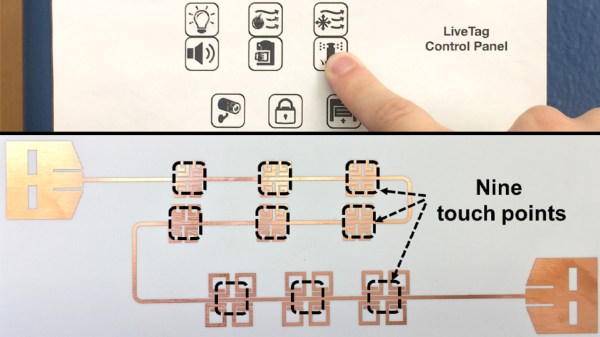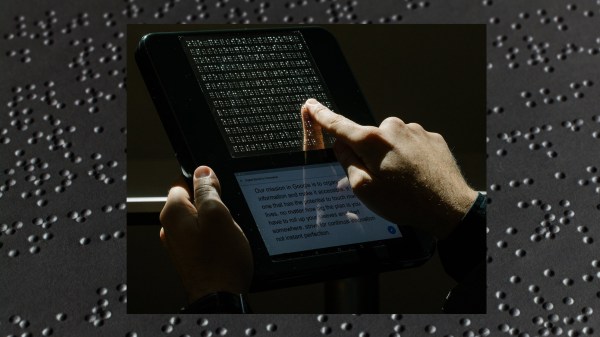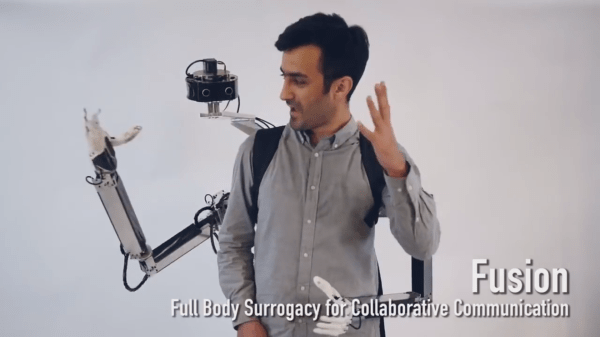We are swimming in radio transmissions from all around, and if you live above the ground floor, they are coming at you from below as well. Humans do not have a sensory organ for recognizing radio signals, but we have lots of hardware which can make sense of it. The chances are good that you are looking at one such device right now. [Frank Swain] has leaped from merely accepting the omnipresent signals from WiFi routers and portable devices to listening in on them. The audio signals are mere soundwaves, so he is not listening to every tweet and email password, merely a representation of the data’s presence. There is a sample below the break, and it sounds like a Geiger counter playing PIN•BOT.
We experience only the most minuscule sliver of information coming at us at any given moment. Machines to hack that gap are not had to find on these pages so [Frank] is in good company. Magnetosensory is a popular choice for people with a poor sense of direction. Echolocation is perfect for fans of Daredevil. Delivering new sensations could be easier than ever with high-resolution tactile displays. Detect some rather intimate data with ‘SHE BON.’
















